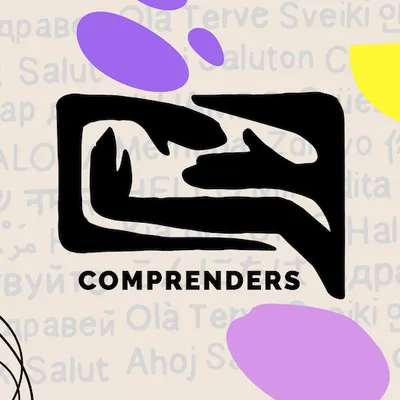
Are there any cultural tips for haggling in Mexico versus Spain
The Ultimate Guide to Haggling in Spanish: Master Phrases and Cultural Insights: Are there any cultural tips for haggling in Mexico versus Spain
There are distinct cultural tips for haggling in Mexico versus Spain, reflecting differences in local norms and expectations.
Haggling in Mexico
- Haggling is very common and expected in markets and street stalls in Mexico. Vendors typically start with a high price anticipating negotiation.
- It is important to greet the vendor politely and be respectful throughout the bargaining process.
- Shoppers should avoid showing too much excitement for an item to maintain bargaining leverage.
- Counteroffers usually start at about one-third to one-half of the vendor’s initial price, and negotiation involves going back and forth until a fair price is agreed upon.
- Walking away with a polite “thank you” can often prompt the vendor to lower the price.
- Bundling multiple items often results in further discounts.
- Speaking some Spanish and using local phrases can help secure better deals.
- Haggling should be seen as a friendly game rather than a confrontation, acknowledging the vendor’s livelihood. 1, 2, 3, 4, 5
Haggling in Spain
- Haggling is less common and more context-dependent in Spain; it is generally expected only in flea markets, artisan fairs, or secondhand markets.
- In formal stores and supermarkets, haggling is usually not practiced and can be viewed as disrespectful.
- When bargaining, politeness, patience, and patience for multiple rounds of offers and counteroffers are important.
- Nonverbal communication such as eye contact and friendly gestures build rapport.
- Walking away politely to indicate disinterest can also encourage a better offer.
- Asking for a discount when buying multiple items is common in markets.
- Success in bargaining also depends on understanding the specific context and knowing when it is appropriate. 3, 5, 6
Summary Comparison
| Aspect | Mexico | Spain |
|---|---|---|
| Prevalence of haggling | Very common and expected in markets and stalls | Context-dependent; mainly flea markets/secondhand |
| Price starting point | Usually very high, expecting negotiation | Prices more fixed, some room in informal markets |
| Approach | Friendly, playful negotiation, high respect | Polite, patient, with proper situational judgment |
| Use of language | Speaking some Spanish phrases improves outcomes | Politeness and cultural awareness critical |
| Tactic of walking away | Common tactic to get better price | Effective if done politely |
| Discounts for multiple items | Often available | Common in informal markets |
| Situations to avoid | Being rude or arguing; over-haggling on low-cost items | Formal stores and supermarkets |
In short, haggling in Mexico is a more ingrained cultural norm with an expectation of negotiation, whereas in Spain it is more situational and less pervasive in formal retail settings. Both require politeness, respect, and social sensitivity to be successful and enjoyable. 2, 5, 6, 1, 3